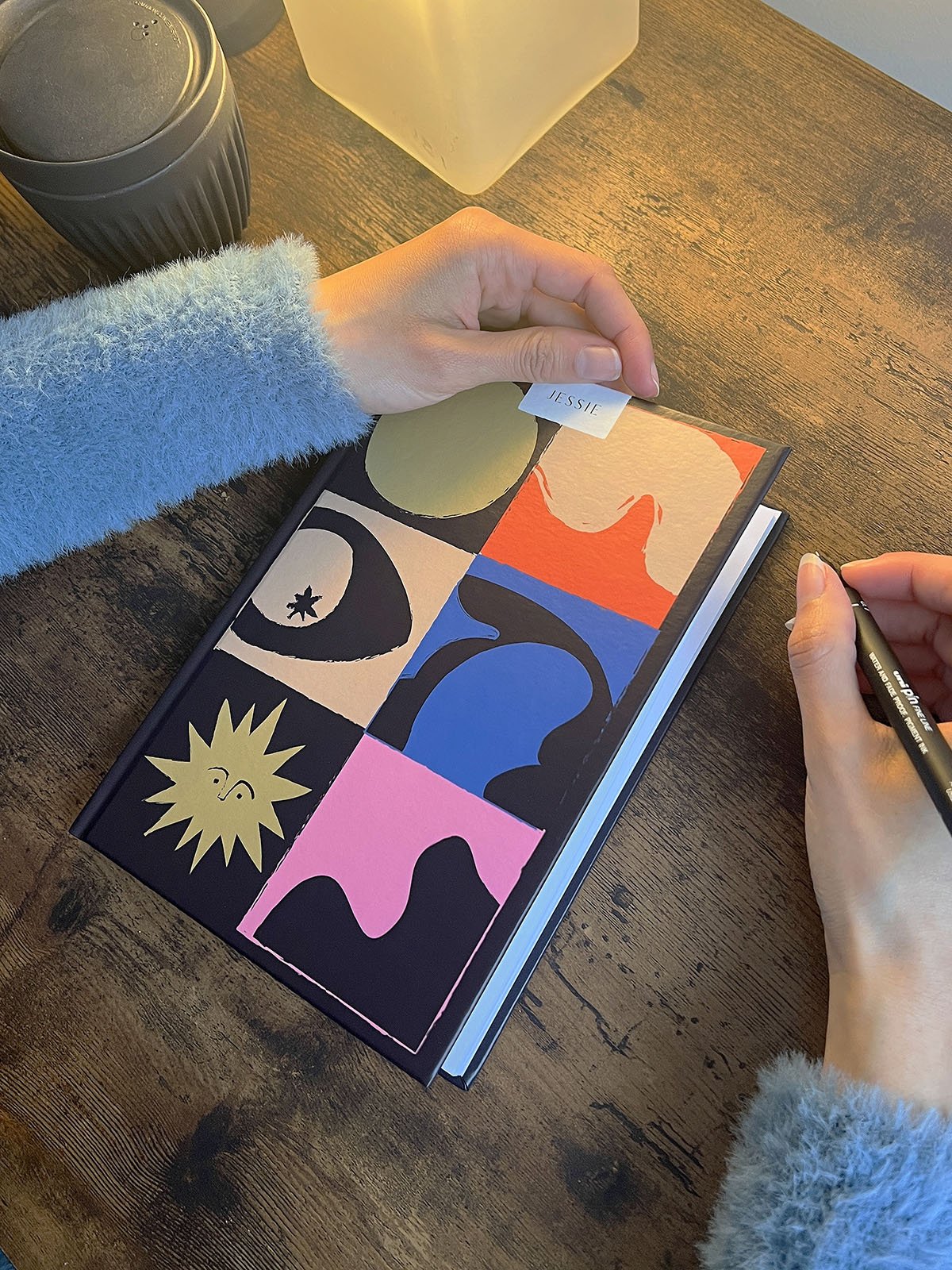The mindful thinking checklist
About
Mindfulness can be integrated it into our daily work and play, without necessarily needing dedicated time for meditation. Our mindful thinking checklist is a 5-step plan which aims to provide an understanding of just how to keep it front of mind in our daily lives…
Share this article
01 / Give yourself time
Spending time online is known to have significant negative impacts – from screen fatigue placing a physical strain on us, to doom scrolling affecting our mental health. Disconnecting from all-consuming digital devices with an activity such as journaling can do wonders in preventing frustrated or distracted thoughts from accumulating in our downtime, and it can also keep us focussed on being our true creative selves with the task at hand. Having the right toolkit – such as novelty stationery – can also help keep you motivated to return to journaling on days you aren't feeling it as much, and not to mention tickle your creativity in exciting new ways too.
02 / go with the flow
It's up to you to decide how many days a week, what time of day, and how much time you want to dedicate to your practice of mindful journaling. There is no right or wrong way to go about it, and there are no strict parameters to abide by either. Give it the time and focus you feel it needs that day. A mindful thought could take you a minute to jot down one morning, and an hour to sketch out another evening, so do what feels right for you to get something positive and nurturing out of this activity. Since mindfulness is most effective when seamlessly integrated into our lifestyles, we should also consider giving ourselves enough flexibility to approach it in a way new every day – perhaps journaling isn't the only tool that’s right for you.
03 / Swap judgement for curiosity
Journaling can be a way to release negative emotions which we tend to keep bottled up. And whilst this can be therapeutic, cultivating a more positive mindset is truly the key to behaviour change. What this means is turning our attention away from negative thoughts such as stress, frustration or anger, and towards non-judgmental thoughts of curiosity and kindness – nurturing them with empathy and self-care. This may be easier said than done, but by attempting to frame our struggles under a positive light instead or by seeking to understand perspectives different from ours, we find an open-mindedness to accept change. So one way to practice mindful journaling is with a bit of playful thinking, sparking your inner-child.
04 / Be grateful for the little things
Big milestones aren’t the only things worth celebrating in life. Little, everyday wins are just as important. Being grateful for life’s smaller victories helps keep us focussed on positive thinking. Sometimes, jotting these achievements down in the form of gratitude writing or positive affirmations can help reinforce them too: the act of writing can in fact help us overcome subliminal resistance and form new mental habits and commitments. So don't forget to be thankful for the smaller things, from the air you breathe, the taste of a new dish you've cooked, or the kindness of a loved one. Being specific helps too when journaling: recalling events in finer detail help them feel more personal to you. If you’re feeling stuck on things to start feeling grateful for, this list of prompts might help.
05 / Embrace your creative side
There is no one ideal way to use your journal, so get creative with it. Try something new – instead of writing, try drawing, making use of diagrams and infographics, or writing poetry to release your thoughts and emotions in fresh ways. Your journal is yours to define, and as long as your format for self-expression helps you put your ideas on paper, trust that you're doing the right thing. No matter how you choose to express yourself, remember that a mindfulness journal should help you cut through all the noise by creating a little time for self-reflection. ✺









